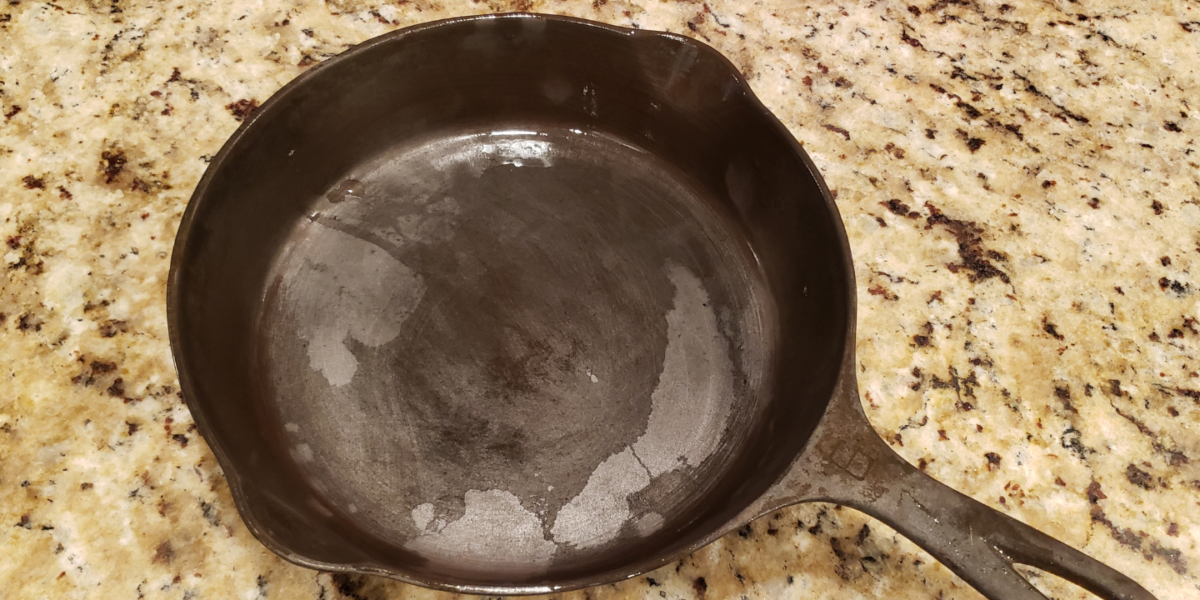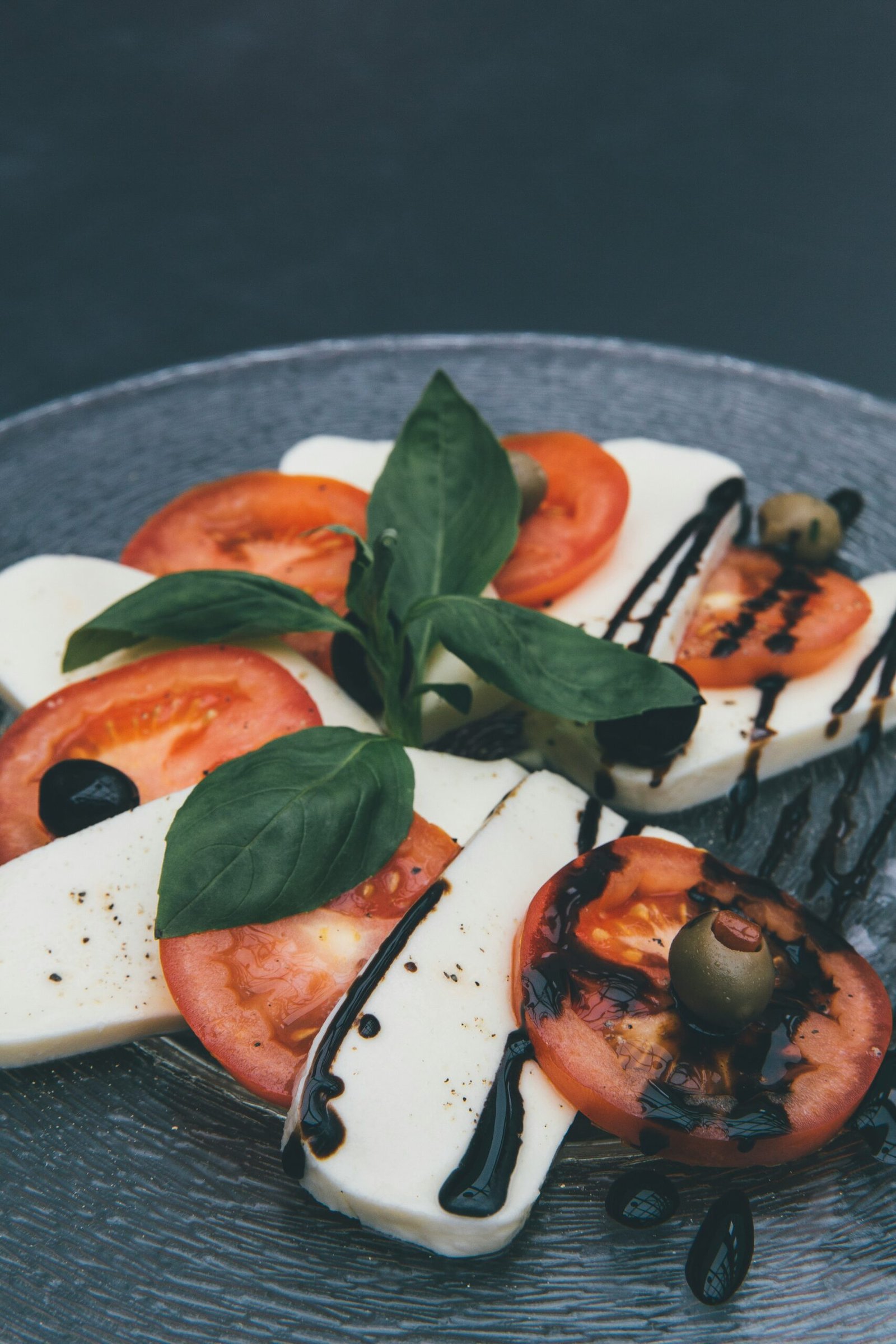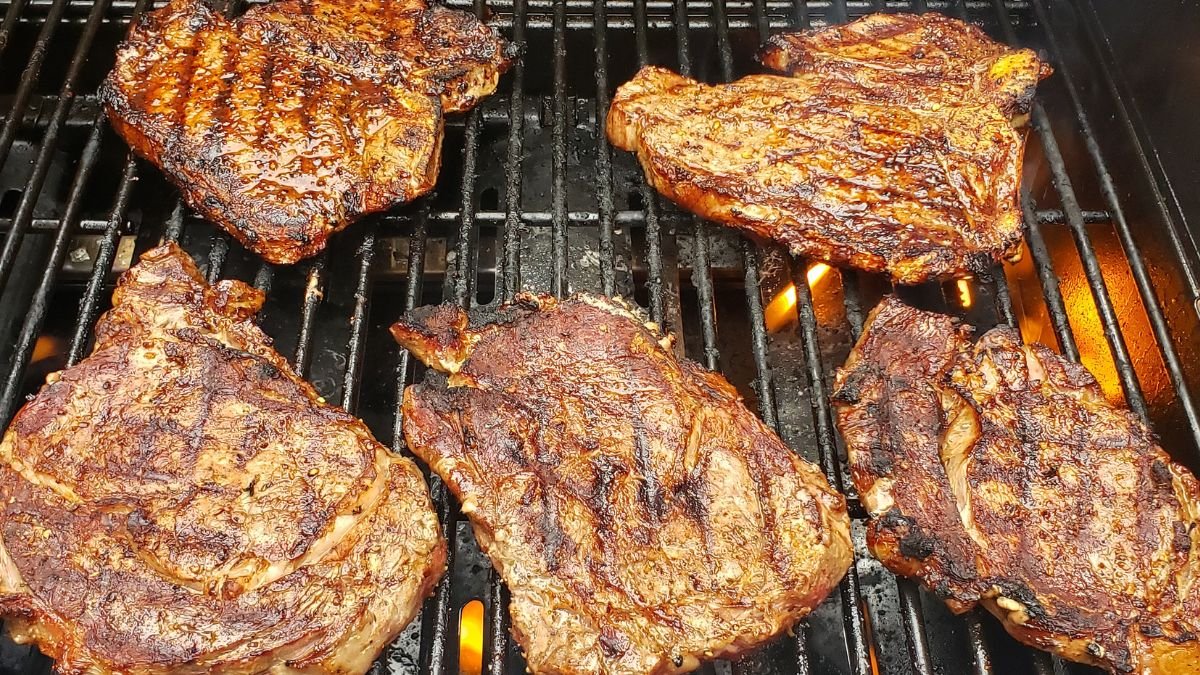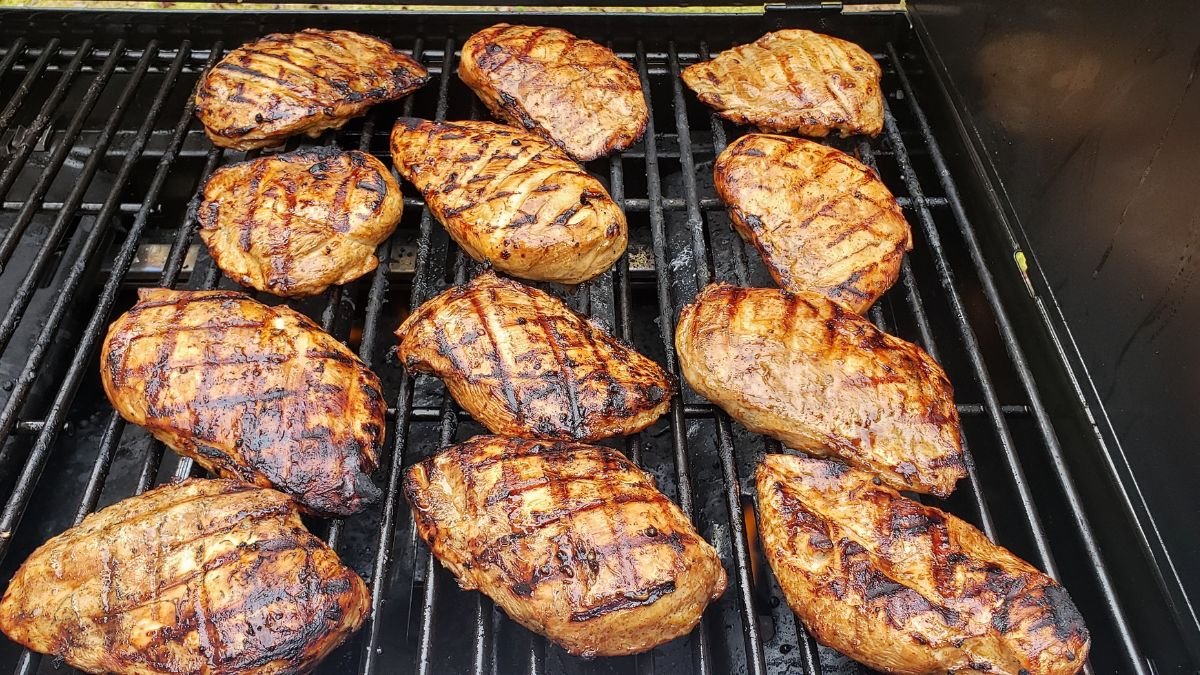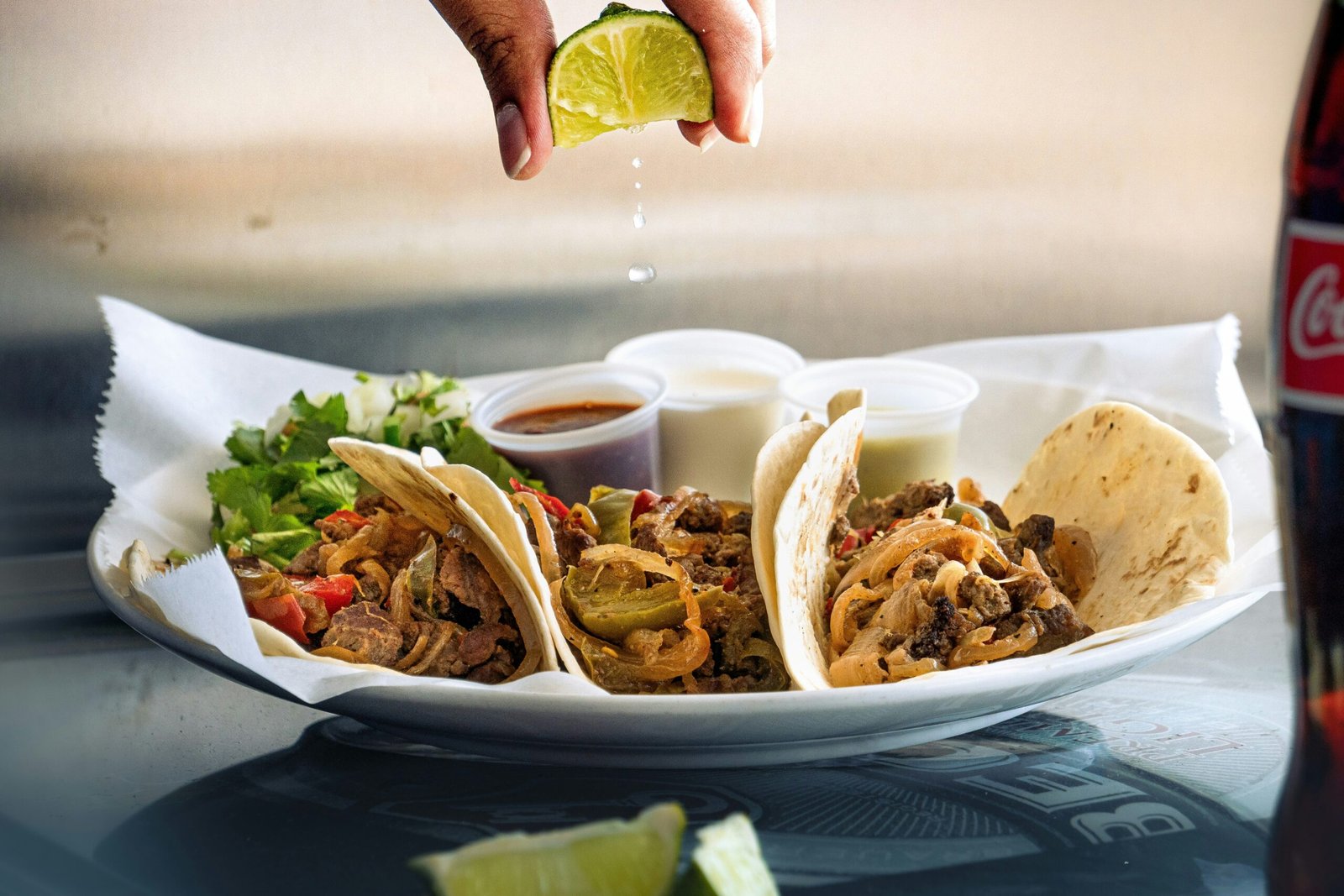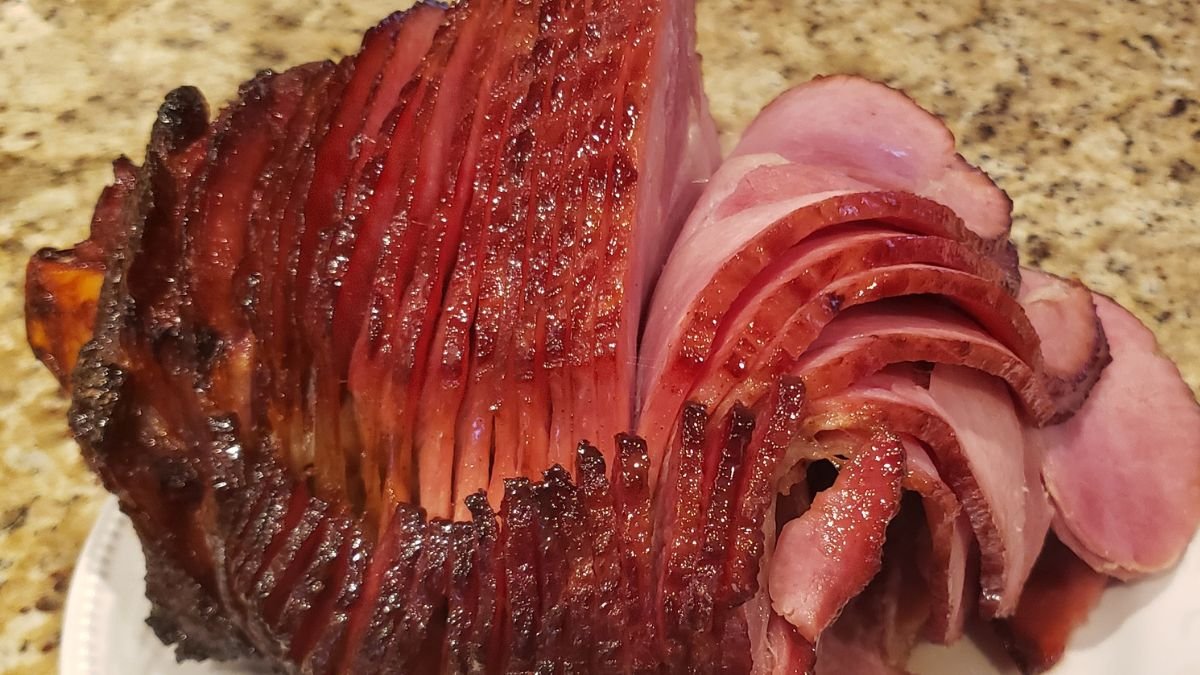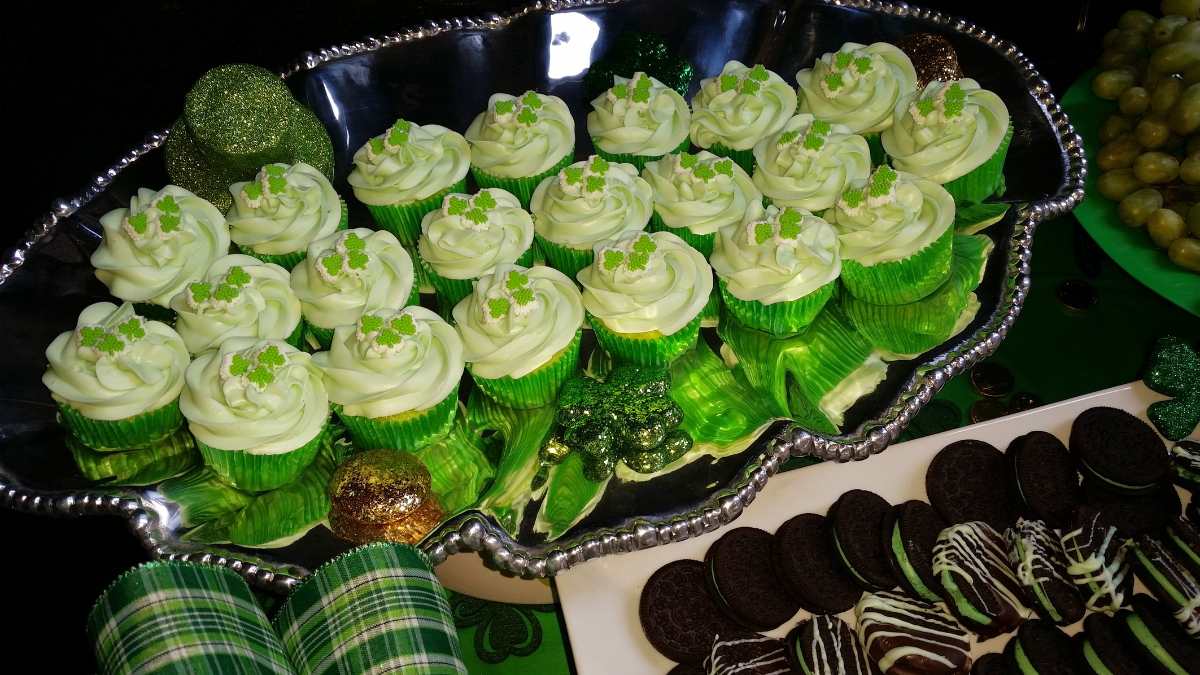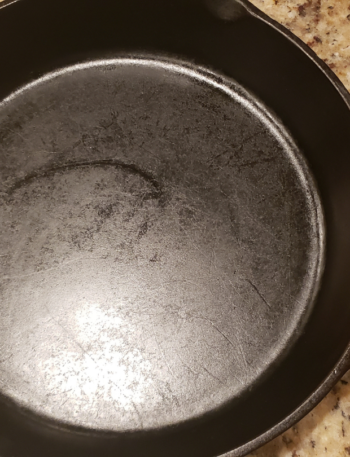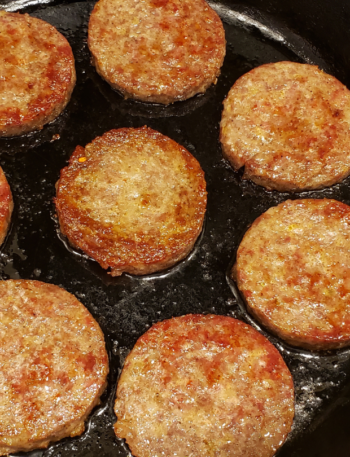Preventing Food from Sticking: The Magic of Fat
Ever wonder why food sticks to your cast iron pan? It usually comes down to not having enough fat between your ingredients and the pan. Here’s how to fix it:
- Start with a hot pan. Heat the pan before adding oil. Cast iron absorbs oil best when it’s warm.
- Add cold oil. Once the pan is hot, add your cold oil and let it absorb for a moment before adding any food. The oil will create a natural non-stick layer.
- Let the food cook undisturbed. After adding your ingredients, resist the urge to move them right away! Letting them sear in place creates a natural barrier between the food and the pan.
With a properly seasoned pan and the right technique, you’ll use less oil and avoid stuck-on food every time.
Three Things That Can Ruin Cast Iron
To keep your cast iron in great shape, there are three big no-nos to avoid:
- Acidic foods: Cooking acidic ingredients (like tomatoes or vinegar) can eat away at your seasoning. Use a stainless steel or non-stick pan for acidic recipes.
- Extreme heat: While cast iron can handle high temperatures, using it over an open flame or grill can burn off the seasoning you’ve worked hard to build. Stick to stovetop or oven cooking at medium heat to preserve that slick, non-stick surface.
- Water: Never leave your cast iron soaking in water, and avoid putting it in the dishwasher. Water can cause rust, which is a major cast iron killer.
By avoiding these three things, your cast iron can last for generations.
When to Say Goodbye to Cast Iron
While cast iron is incredibly durable, there are a few instances where you may need to part ways with it:
- Warping: If your pan has warped from years of intense heat or misuse, it may not sit flat, which makes cooking difficult.
- Cracking: This can happen with prolonged high heat or from pouring cold water into a hot pan.
- Severe rusting: If rust has eaten away at the surface and caused deep pitting, it’s time to let it go.
But don’t worry—these issues are rare and mostly preventable with proper care. Most damage can be avoided with regular cleaning, drying, and seasoning after each use.
How to Keep Your Cast Iron Forever
The secret to keeping your cast iron cookware around for a lifetime is simple: take care of it. Here are a few quick tips:
- Clean it properly: Always wash your cast iron by hand with mild soap and dry it thoroughly. You can even heat it on the stove for a minute to make sure all moisture evaporates.
- Season it regularly: After every wash, apply a light layer of oil to keep the surface seasoned and non-stick.
- Store it properly: Store your cast iron in a dry place to avoid rust. You can even place a paper towel between pans to absorb any moisture.
With a little love and care, your cast iron can last decades, maybe even longer!
Conclusion
Taking care of cast iron cookware isn’t hard, and the rewards are well worth it. By following these simple steps, you’ll have a cooking tool that gets better with age. So get cooking, and enjoy the durability, flavor, and versatility that cast iron brings to your kitchen!
Looking for more tips? Check out our full guide on seasoning cast iron or explore the best products to care for your cast iron collection [insert link here].
Affiliate Disclosure: This post contains Amazon affiliate links. When you buy any product using the links below, I get commissions. But it doesn’t cost you anything extra. If you do purchase any product using the given links, we thank you in advance! As an Amazon associate I earn from qualifying purchases.
1. Preventing Food from Sticking: The Magic of Fat
Ever wonder why food sticks to your cast iron pan? It usually comes down to not having enough fat between your ingredients and the pan. Here’s how to fix it:
- Start with a hot pan. Heat the pan before adding oil. Cast iron absorbs oil best when it’s warm.
- Add cold oil. Once the pan is hot, add your cold oil and let it absorb for a moment before adding any food. The oil will create a natural non-stick layer.
- Let the food cook undisturbed. After adding your ingredients, resist the urge to move them right away! Letting them sear in place creates a natural barrier between the food and the pan.
With a properly seasoned pan and the right technique, you’ll use less oil and avoid stuck-on food every time.
2. Three Things That Can Ruin Cast Iron
To keep your cast iron in great shape, there are three big no-nos to avoid:
- Acidic foods: Cooking acidic ingredients (like tomatoes or vinegar) can eat away at your seasoning. Use a stainless steel or non-stick pan for acidic recipes.
- Extreme heat: While cast iron can handle high temperatures, using it over an open flame or grill can burn off the seasoning you’ve worked hard to build. Stick to stove top or oven cooking at medium heat to preserve that slick, non-stick surface.
- Water: Never leave your cast iron soaking in water, and avoid putting it in the dishwasher. Water can cause rust, which is a major cast iron killer.
By avoiding these three things, your cast iron can last for generations.
3. When to Say Goodbye to Cast Iron
While cast iron is incredibly durable, there are a few instances where you may need to part ways with it:
- Warping: If your pan has warped from years of intense heat or misuse, it may not sit flat, which makes cooking difficult.
- Cracking: This can happen with prolonged high heat or from pouring cold water into a hot pan.
- Severe rusting: If rust has eaten away at the surface and caused deep pitting, it’s time to let it go.
But don’t worry—these issues are rare and mostly preventable with proper care. Most damage can be avoided with regular cleaning, drying, and seasoning after each use.
4. How to Keep Your Cast Iron Forever
The secret to keeping your cast iron cookware around for a lifetime is simple: take care of it. Here are a few quick tips:
- Clean it properly: Always wash your cast iron by hand with mild soap and dry it thoroughly. You can even heat it on the stove for a minute to make sure all moisture evaporates.
- Season it regularly: After every wash, apply a light layer of oil to keep the surface seasoned and non-stick.
- Store it properly: Store your cast iron in a dry place to avoid rust. You can even place a paper towel between pans to absorb any moisture.
With a little love and care, your cast iron can last decades, maybe even longer!
Conclusion
Taking care of cast iron cookware isn’t hard, and the rewards are well worth it. By following these simple steps, you’ll have a cooking tool that gets better with age. So get cooking, and enjoy the durability, flavor, and versatility that cast iron brings to your kitchen!
Looking for more tips? Check out our full guide on seasoning cast iron or explore the best products to care for your cast iron collection [insert link here].
Discover more from In The Kitchen With Vic
Subscribe to get the latest posts sent to your email.

